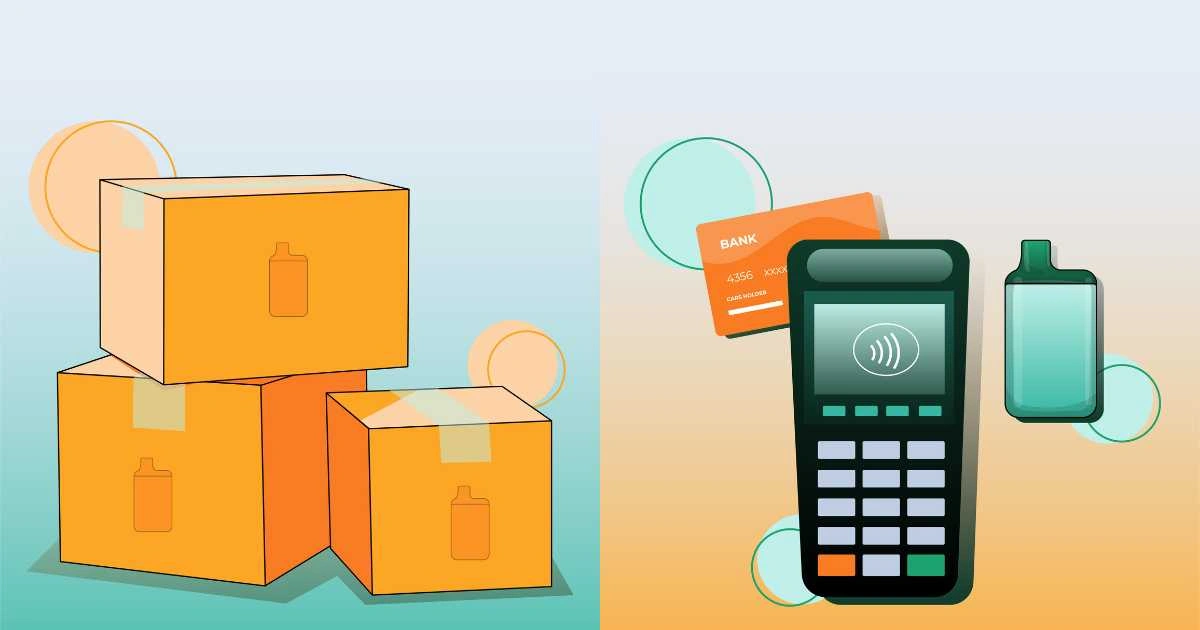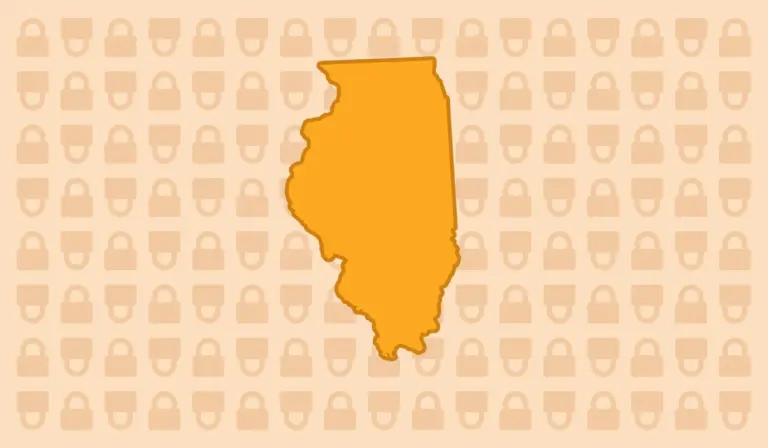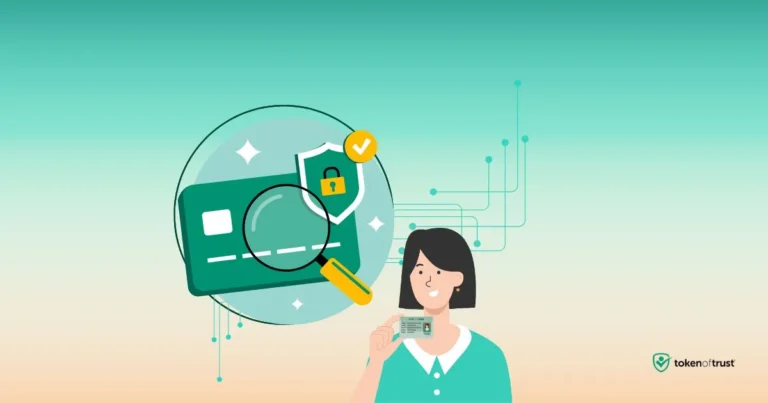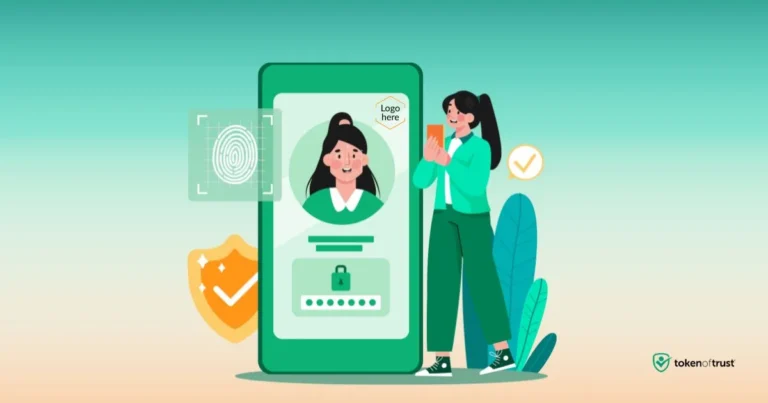Vape Tax Rules Retailers and Wholesalers Get Wrong
Vape tax rules aren’t one-size-fits-all. Vape tax rules vary by product, location, and buyer.
Knowing your role — retailer or wholesaler — isn’t enough. You also need to look at each sale. What price does the tax apply to? Who needs to pay it?
If you don’t have proof that someone else paid the vape tax, the responsibility could fall on you. That’s true even if you didn’t make the final sale.
What does your state or county require? Some states charge tax on wholesale cost.
Others use the wholesale price or retail price. Some places apply more than one tax. You might have to pay all of them.
This article explains how vape excise tax works in the real world. You’ll see common mistakes, how to avoid them, and how tools like Token of Trust help you stay compliant — and grow.
Want to know if the PACT Act applies to your business?
Read this guide.
Understand Your Role Before You File Anything
A common source of vape tax confusion is not fully understanding your place in the supply chain. Are you buying products and selling directly to consumers (retailer)? Are you selling to other businesses (wholesaler)? Do you do both?
Your role matters — but it’s not the only thing that does. Vape tax laws don’t simply assign taxes based on whether you’re a retailer or wholesaler. Instead, your responsibility depends on the full details of the transaction. That includes:
- Where the product is sold or shipped,
- Who bought it, and
- Whether tax was already paid upstream.
Sometimes, retailers owe tax based on the retail price. Other times, they may need to pay a wholesale-based tax — unless they can show that someone paid it earlier in the supply chain.
Take Maryland as an example:
The state of Maryland charges 12% on the retail price for vape products with more than 5 mL of nicotine. That tax is the retailer’s responsibility.
But if that retailer is located in Montgomery County, Maryland, they’re also in a jurisdiction that imposes a separate 30% tax on the wholesale price. That tax is in addition to the state tax — not instead of it.
The county charges vape tax based on what the retailer paid for the product. When a retailer buys from a distributor, they must keep records that show they paid the tax. Without proof, the retailer may have to pay the 30% wholesale tax themselves — on top of the 12% retail tax owed to the state.
In short: In some locations, both taxes apply — one at the state level, one at the county level — and both must be accounted for.
But not all states play by the same rules. That’s why clarifying your role—per transaction—is the first step toward staying compliant.
Pricing Mistakes That Could Be Costing You Thousands
Let’s discuss the kinds of pricing errors that lead to vape excise tax problems:
- Mixing up wholesale cost and wholesale price: It’s easy to confuse what you paid versus what you charged. Say you buy at $6 and sell at $10. If the jurisdiction taxes based on wholesale price, the $10 is what matters.
- Assuming wholesalers pay wholesale tax and retailers pay retail tax: Some retailers make this mistake. But in many states, who pays depends on how the sale works. If you can’t prove that you paid wholesale tax, you may have to pay it — even after you charged retail tax.
- Using post-discount prices: Some wholesalers make a mistake. They apply vape tax to the price after discounts. They should use the original list price instead. For example, if you sell a unit with a $100 list price and apply a $20 discount, you should still base the tax on $100—not $80.
- Retailers guessing wholesale cost: Retailers who can’t see invoices often estimate their product cost at 50% of the MSRP. This is common, but risky. In Anchorage, Alaska, for instance, the vape excise tax is 55% of wholesale price. Using an estimate could easily lead to overpayment or an audit trigger.
- Using the wrong base altogether: Some states tax the retail price, like Indiana. Others tax the wholesale price, like Massachusetts or Alaska. If you use the wrong price type, you’re calculating the wrong vape tax.
- Missing documentation: Without invoices, pricing logs, or proof of tax payment, you have to guess. Guessing is a bad vape compliance strategy.
The Terms That Trip Everyone Up: Wholesale Cost vs. Wholesale Price vs. Retail Price
These terms sound similar but mean vastly different things. Misusing them risks collecting too much in vape taxes or too little.
- Wholesale Cost: The amount paid by a buyer (usually a wholesaler or retailer) to acquire the product from a supplier or manufacturer.
- Wholesale Price: The price a wholesaler charges when selling to a retailer — typically based on the list price, before any discounts.
- Retail Price: The final price a consumer pays at checkout when purchasing the product.
Using the wrong term in your vape tax report can lead to significant financial issues. You might pay more than needed or miss reporting some items.
Real-Life Examples: Why the Details of the Transaction Matter
Even when you know your role, what gets taxed — and who’s responsible — can still change depending on the location and how the sale is structured.
In New Mexico, the state applies a 12.5% vape excise tax on the wholesale cost of consumable vapor products. That means the tax is based on what the distributor paid to acquire the product — not what they sold it for. Distributors are typically responsible for paying this tax, but if the product changes hands without proof of payment, downstream businesses may end up liable.
In Illinois, the state applies a 15% vape excise tax on the wholesale price. This tax is based on the amount the retailer paid to acquire the product. Depending on the arrangement, either the wholesaler or the retailer may be responsible for paying it, but the tax calculation always starts with the wholesale price.
In Indiana, the rule is different. The state applies a 15% tax on the retail price for open-system vape products. That means the retailer must collect and remit the tax based on what the customer pays at the register.
These cases show how states can tax at different points — wholesale vs. retail — and why understanding both your transaction and jurisdiction is essential. One product, three states, three very different compliance paths.
Why Recordkeeping Is A Good Defense
Good records can help support your compliance with both vape excise tax requirements and PACT Act reporting obligations. You should always maintain:
- Clear purchase invoices
- Tax-paid certifications (if you’re buying from a wholesaler who already paid)
- Original list prices and discount structures
If you ever face an audit, these documents can justify your vape tax filings or save you from a penalty.
Simplify Vape Tax Compliance — and Expand with Confidence
Want to sell in more states? You need to follow vape tax rules and meet PACT Act reporting requirements. Token of Trust offers tools to help you do that — so you can spend less time on tax work and more time running your business.
- Expand into new states with tools that apply the right tax rules by product, role, and location
- Charge the correct tax at checkout, using wholesale cost, wholesale price, or retail price as required
- Reduce manual work by automating vape tax and PACT Act reporting tasks
- Use accurate product and transaction data to support exemption handling and tax calculations
Whether you’re a retailer, wholesaler, or both — Token of Trust gives you tools to support your tax compliance efforts as you grow.
Talk to Token of Trust to simplify vape compliance as you grow.
Disclaimer: This article is for informational purposes only and does not constitute legal, tax, or compliance advice. Token of Trust is not a law or tax advisory firm. The tax rates and rules referenced were current as of May 20, 2025, but may change. Examples are for general reference only and may not reflect all state or local laws. Always consult a qualified advisor for guidance specific to your business.






